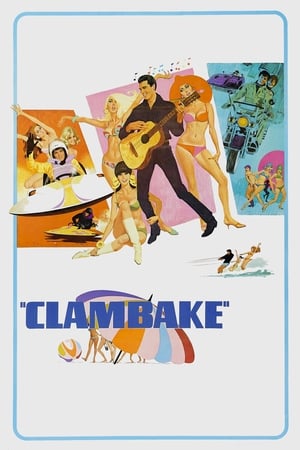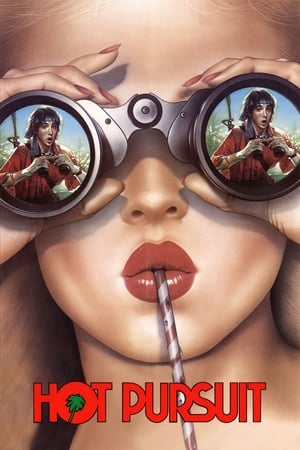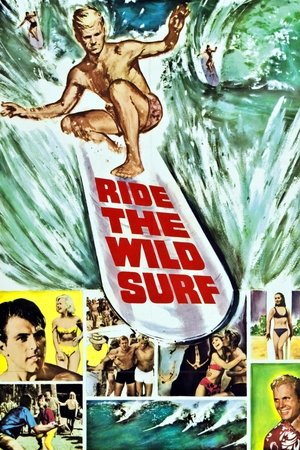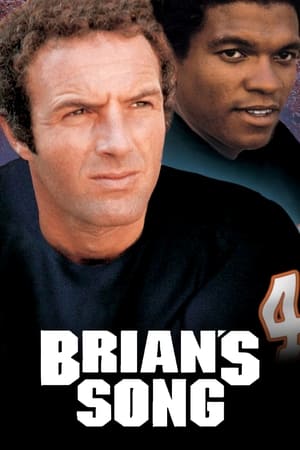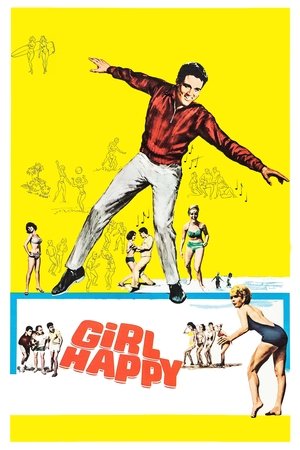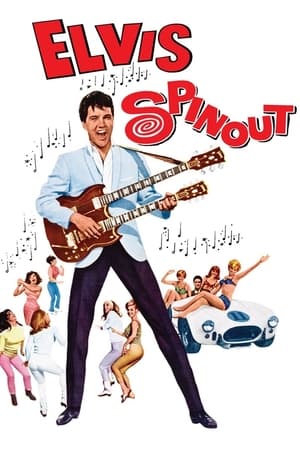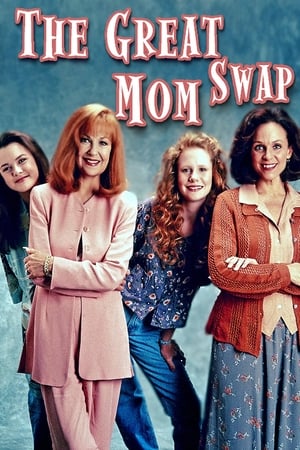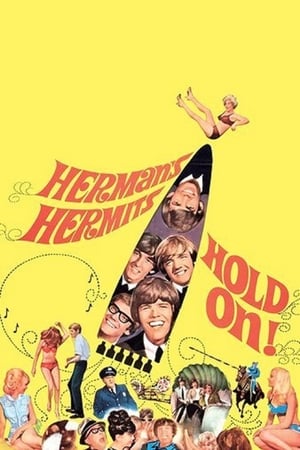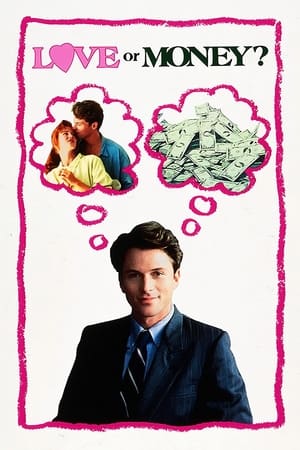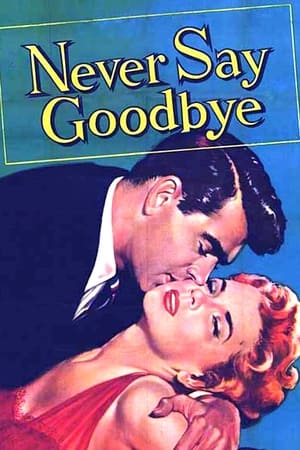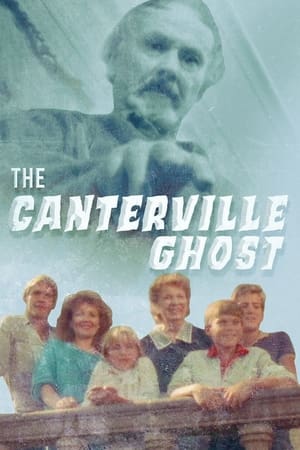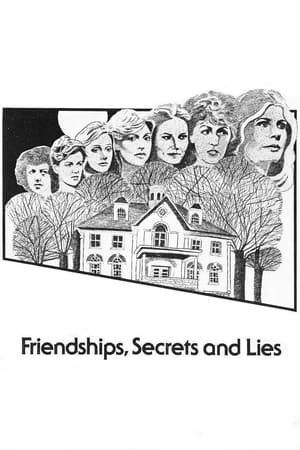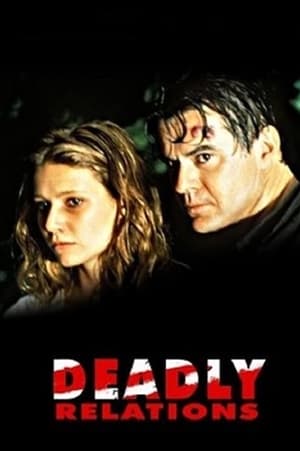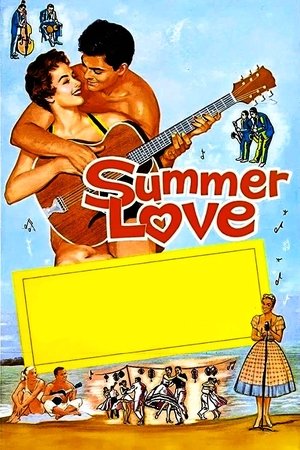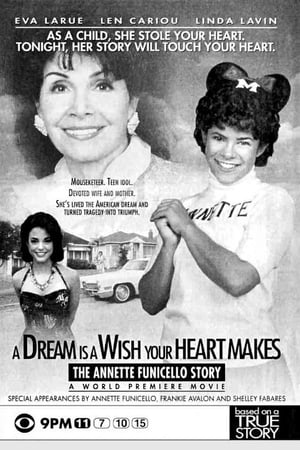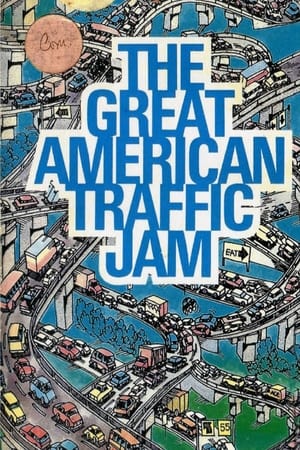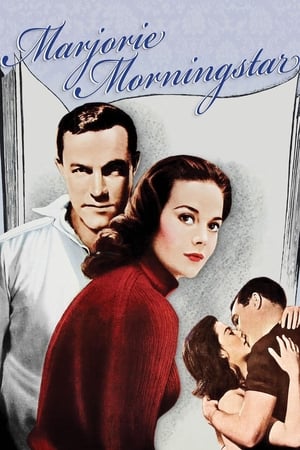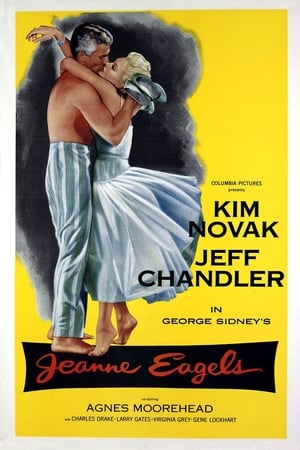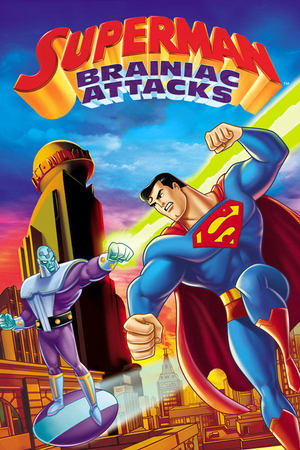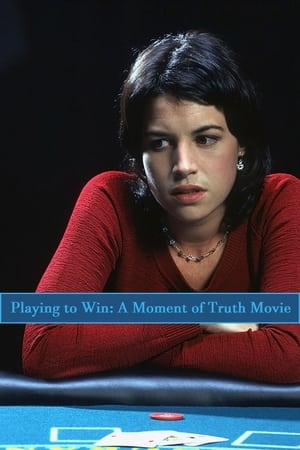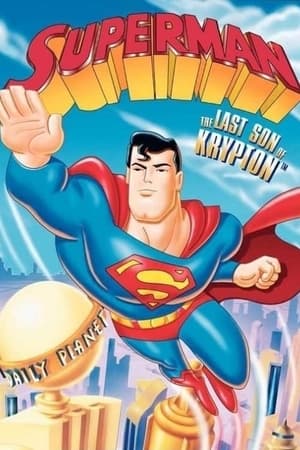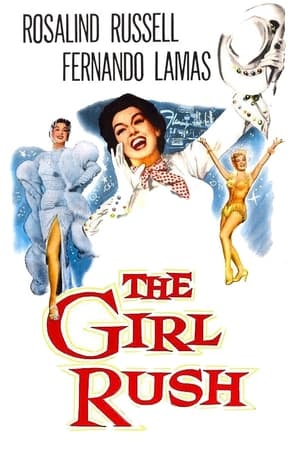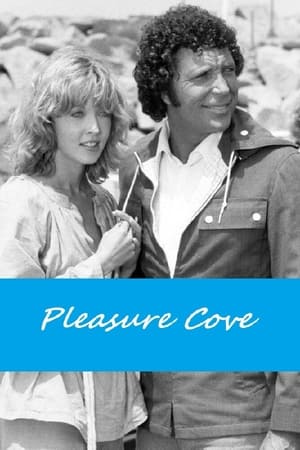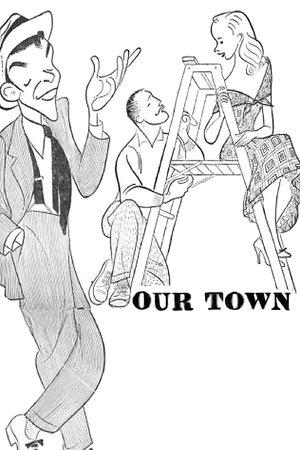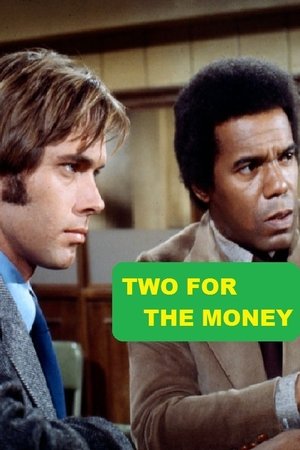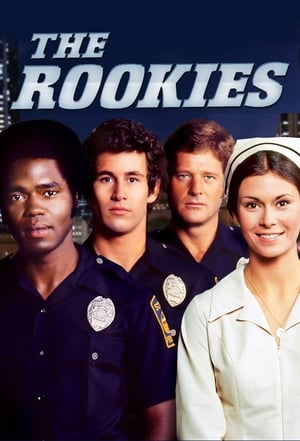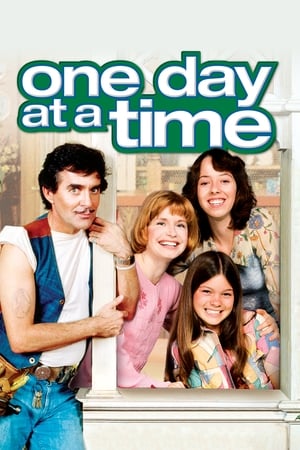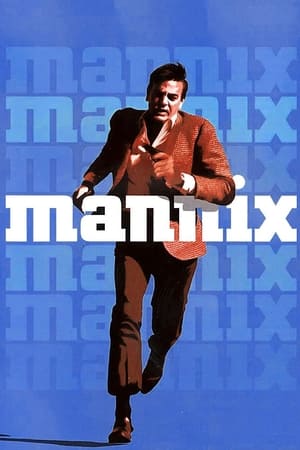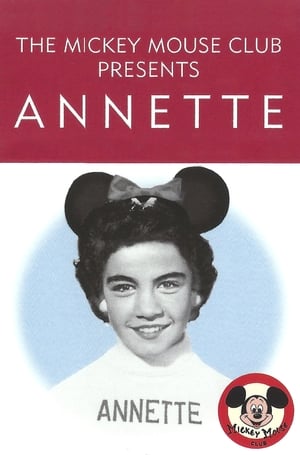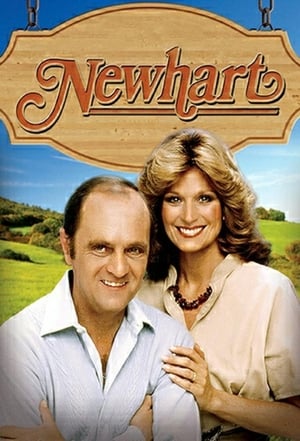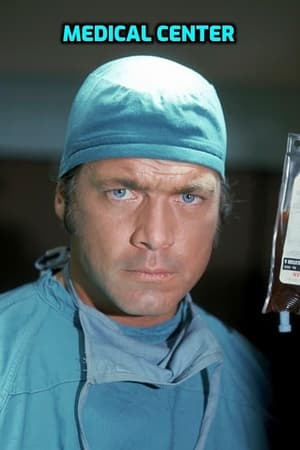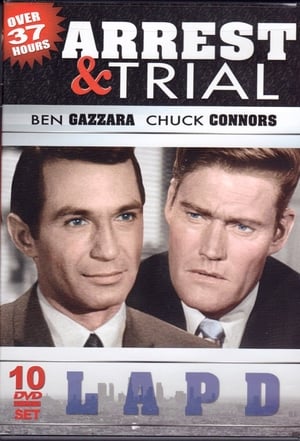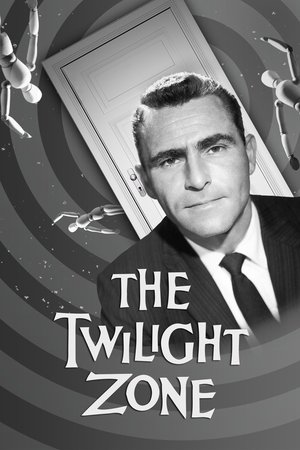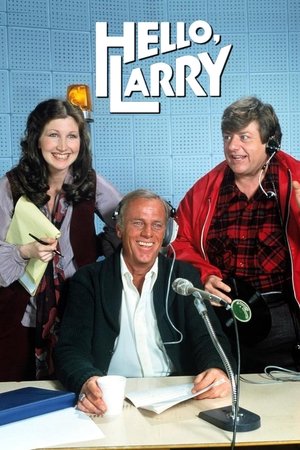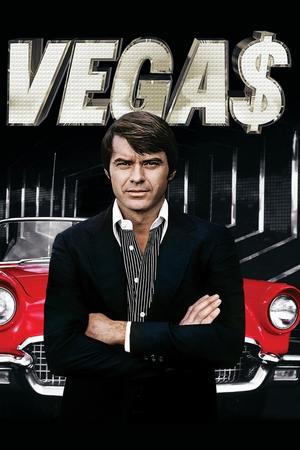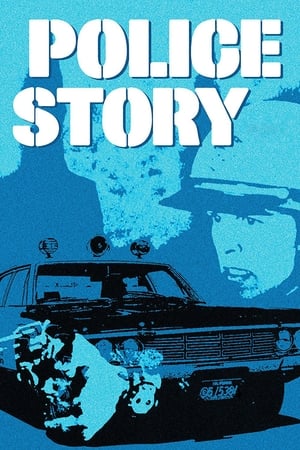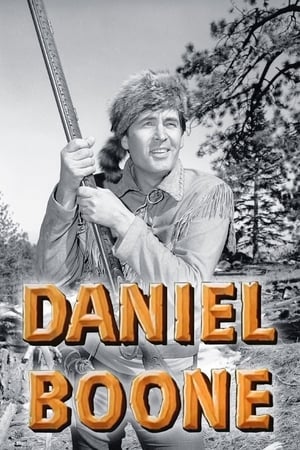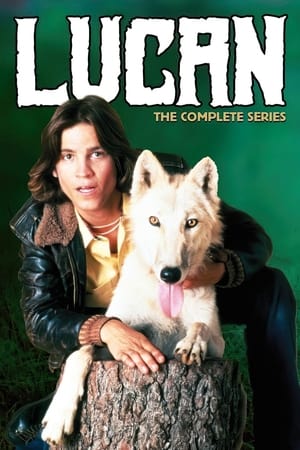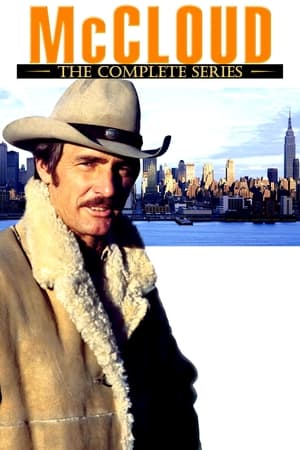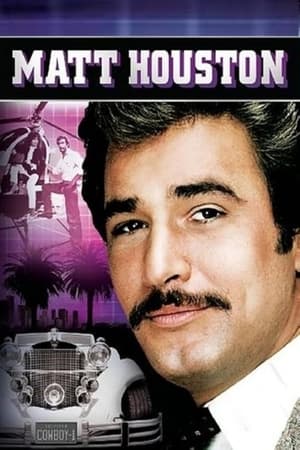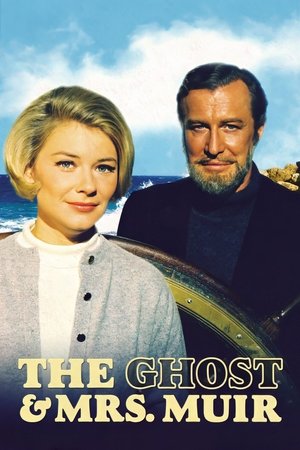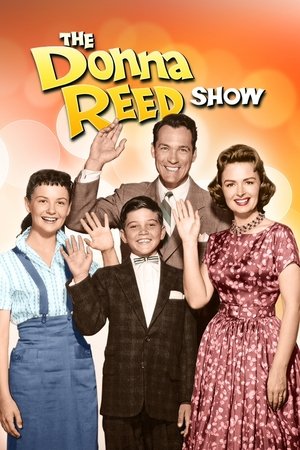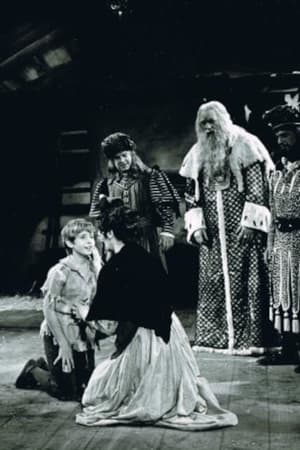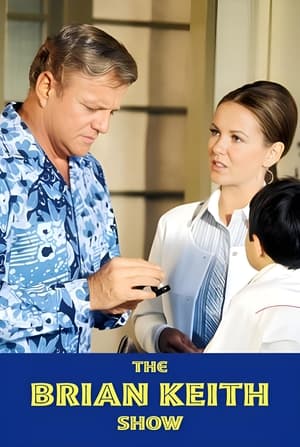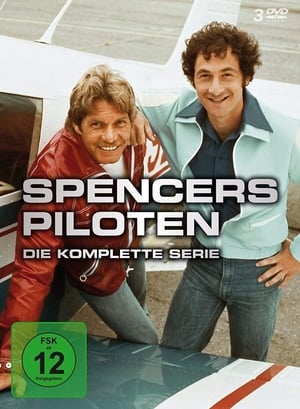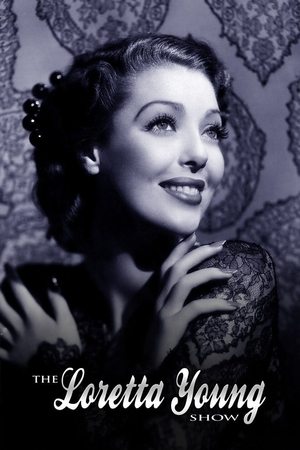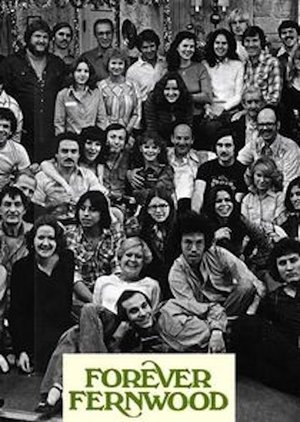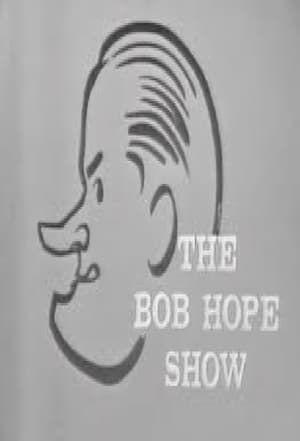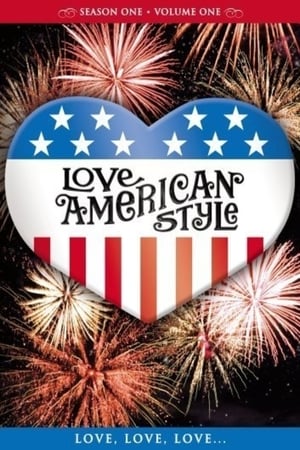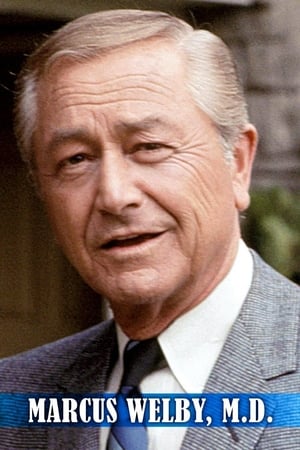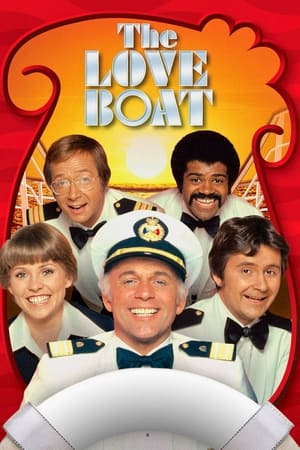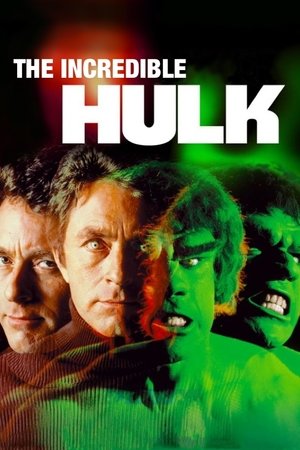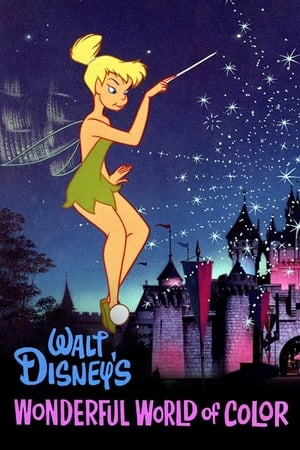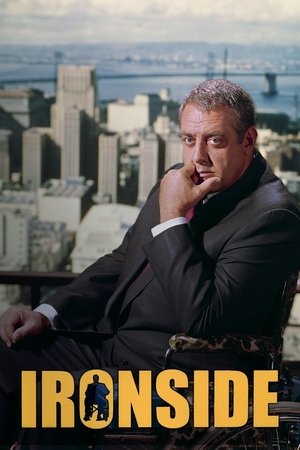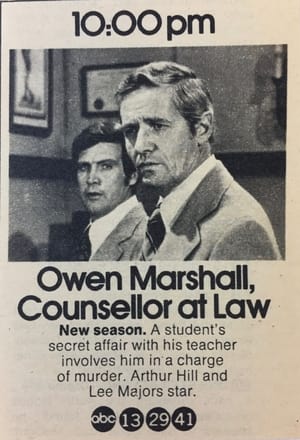Biography
Michele Ann Marie "Shelley" Fabares (/fæˈbreɪ/; born January 19, 1944) is a retired American actress and singer. She is best known for her television roles as Mary Stone on the sitcom The Donna Reed Show (1958–1963) and as Christine Armstrong on the sitcom Coach (1989–1997), the latter of which earned her two Primetime Emmy Awards nominations. Her film roles include playing the leading lady to Elvis Presley in Girl Happy, Spinout, and Clambake.
As the niece of singer/comedienne Nanette Fabray, she was indoctrinated early into the show biz life. Tap dancing from age three, she also modeled during her elementary school years and began appearing on such TV shows as Captain Midnight (1954) and Annie Oakley (1954) (the latter a recurring role). At age 12, she made her professional film debut in the Rock Hudson/Cornell Borchers tearjerker Never Say Goodbye (1956) as Hudson's daughter, and went on to play kid sister roles in the rock 'n' roll-themed Rock, Pretty Baby! (1956) and its sequel Summer Love (1957) both starring John Saxon.
Teen-idol status came with her coming-of-age role as the ever-wholesome daughter "Mary Stone" on The Donna Reed Show (1958), a part she played for five seasons before embarking on a more grown-up film career. The character of "Mary Stone" was gently phased out of the show as her character "left for college". During its' run, she and TV "brother" Paul Petersen grew so popular that they sprinted to adjoining pop singing celebrity, although both admitted that their vocal talents were limited. In 1962, her recording of "Johnny Angel" reached number one on the Billboard Hot 100 chart. She left The Donna Reed Show in 1963 (she would return periodically until its end in 1966) to pursue other acting opportunities.
This was followed by a second album, The Things We Did Last Summer, which included two hit songs "Johnny Loves Me" (no. 21) and "The Things We Did Last Summer" (no. 46). She released a third album, Teenage Triangle in 1963.
She landed top femme parts in such fun-and-frolic fare as Ride the Wild Surf (1964), Hold On! (1966) in which she played the love interest of Peter Noone (of Herman's Hermits) and sings Make Me Happy, as well as three of Elvis Presley's less-acclaimed films of the later 1960s: Girl Happy (1965), Spinout (1966) and Clambake (1967). She then played the love interest of a young Hank Williams Jr. in A Time to Sing (1968).
She had support roles in television films like Brian's Song (1971) (playing Brian Piccolo's wife with James Caan as Brian), and Two for the Money (1972). Her performance in Brian's Song earned her a Golden Globe nomination.
For her work, she was nominated twice for a Primetime Emmy Award and, in 1994, she was honored by the Young Artist Foundation with its Former Child Star "Lifetime Achievement" Award for her role as Mary Stone on The Donna Reed Show. From 2004 to 2011 she produced the Screen Actors Guild Awards.

